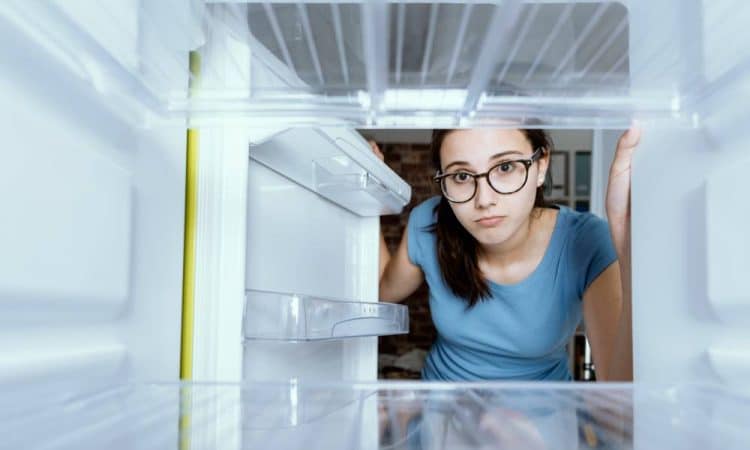Just a heads-up: one thing in the fridge will eat up a lot of electricity. By the end of the year, you’ll be saving money.

It’s surprising how many people don’t realise that one thing in their home can be responsible for high electricity consumption and put a significant strain on their budget. This energy-guzzling appliance is often overlooked, but it can really add up to a hefty electricity bill at the end of the year.
Seals are the most important thing.
The most important thing is a proper door seal. It’s a good idea to check the seal on your refrigerator door regularly to make sure it’s in good condition. If the seal is damaged or loose, it lets cold air escape, which uses more energy. If the seal is damaged, it might be worth replacing it.
Make sure you’re getting the best out of your fridge by checking the temperature is set correctly. As a rule of thumb, you should keep the temperature between 2 and 5 degrees Celsius and around -18 degrees Celsius in the freezer. If the temperature is too high, the refrigeration unit has to work harder, which uses more energy.
It’s not a good idea to put hot food in the fridge.
Let it cool down to room temperature before you put it in the fridge. If you put hot food in the fridge, it’ll raise the internal temperature and make the refrigeration system work harder.
Don’t overfill the fridge.
How you fill the fridge also affects how much electricity it uses. It’s also worth noting that a fridge that’s too full can’t circulate the air properly, which means the refrigeration system has to work harder to keep the temperature down. It’s also a good idea to leave enough space between food items so that air can flow freely.
You might want to think about replacing your old fridge with a more energy-efficient model.
If you already have an old fridge at home that is energy inefficient, it could be worth replacing it with a new, more energy-efficient model. Modern fridges are designed to use less energy and have better cooling technology.

